
Whole life insurance provides coverage throughout the life of the insured person. In addition to paying a tax-free death benefit, whole life insurance also contains a savings component in which cash value may accumulate. Interest accrues on a tax-deferred basis.
Whole life insurance policies are one of several types of permanent life insurance, meaning they cover you for your entire life. Universal life, indexed universal life, and variable universal life are others. You can choose a whole life insurance policy that works for you from one of these best life insurance companies.
Whole life insurance guarantees payment of a death benefit to beneficiaries in exchange for level, regularly-due premium payments. The policy includes a savings portion, called the “cash value,” alongside the death benefit. In the savings component, interest may accumulate on a tax-deferred basis.1 Growing cash value is an essential component of whole life insurance.
To build cash value, a policyholder can often remit payments greater than the scheduled premium to purchase extra coverage (known as paid-up additions or PUA). Policy dividends can also be reinvested into the cash value and earn interest. Over time, the dividends and interest earned on the policy's cash value will provide a positive return to investors, growing larger than the total amount of premiums paid into the policy.
The cash value offers a living benefit to the policyholder, meaning the policyholder can access it while the insured is still alive. To access cash reserves, the policyholder requests a withdrawal of funds or a loan. Withdrawals are tax-free up to the value of the total premiums paid.
Interest is charged on policy loans with rates varying per insurer, but the rates are generally lower than you’d get with a personal loan or home equity loan.
However, withdrawals and unpaid loans also reduce the cash value of the policy. Depending on the policy type and the size of its remaining cash value, a withdrawal could chip away at the death benefit or even wipe it out entirely.
There are several main types of whole life insurance, categorized based on how premiums are paid.
Whole life insurance policies are further distinguished as participating and non-participating plans. With a non-participating policy, any excess of premiums over payouts becomes profit for the insurer. However, the insurer also assumes the risk of losing money.
With a participating policy, any excess of premiums is redistributed to the insured as a dividend. This dividend can then be used to make payments or increase one's policy coverage limits. However, dividends are not guaranteed and often vary each year, as they are primarily based on the company’s financial performance.
Advantages and Disadvantages of Whole Life Insurance

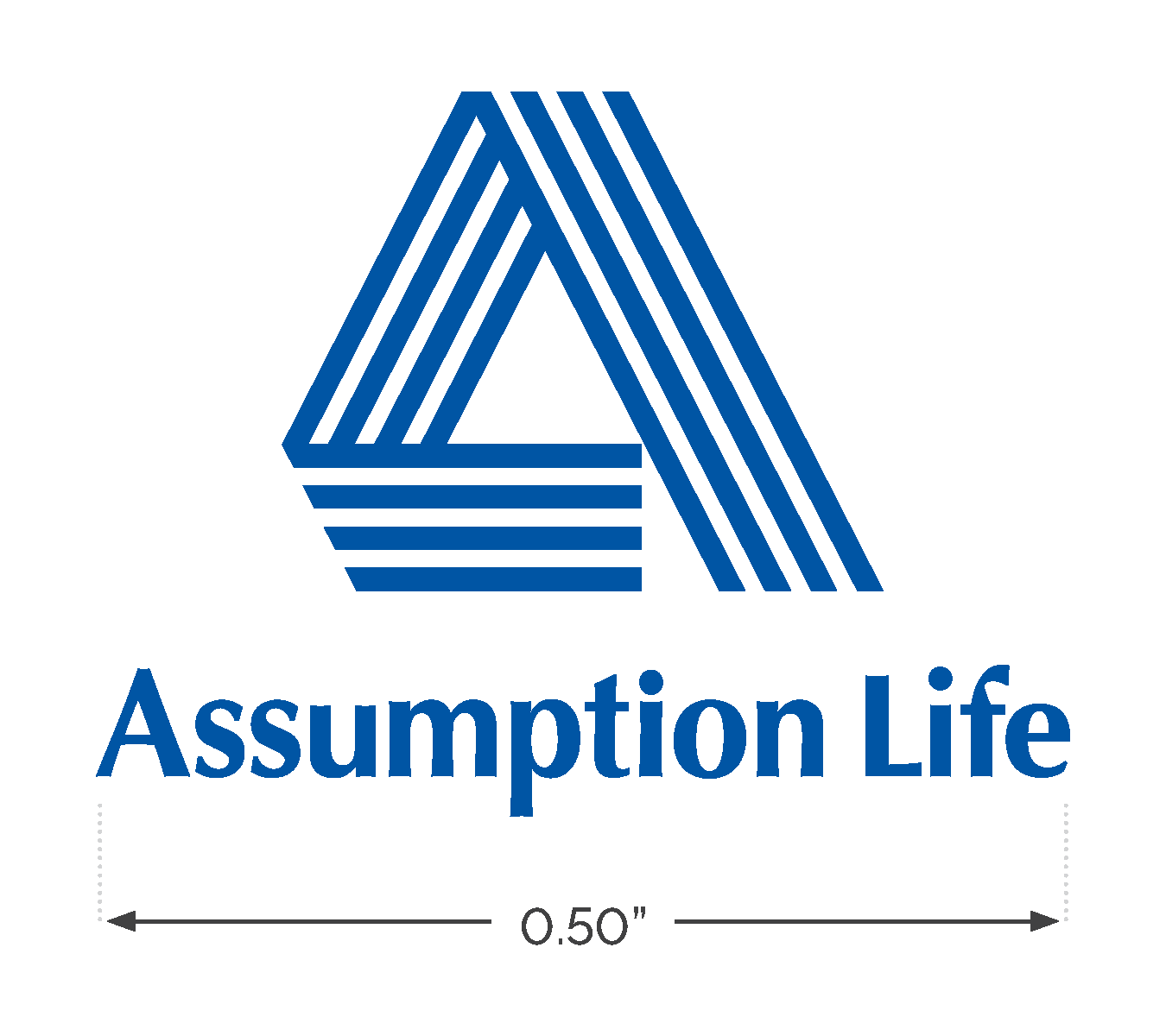

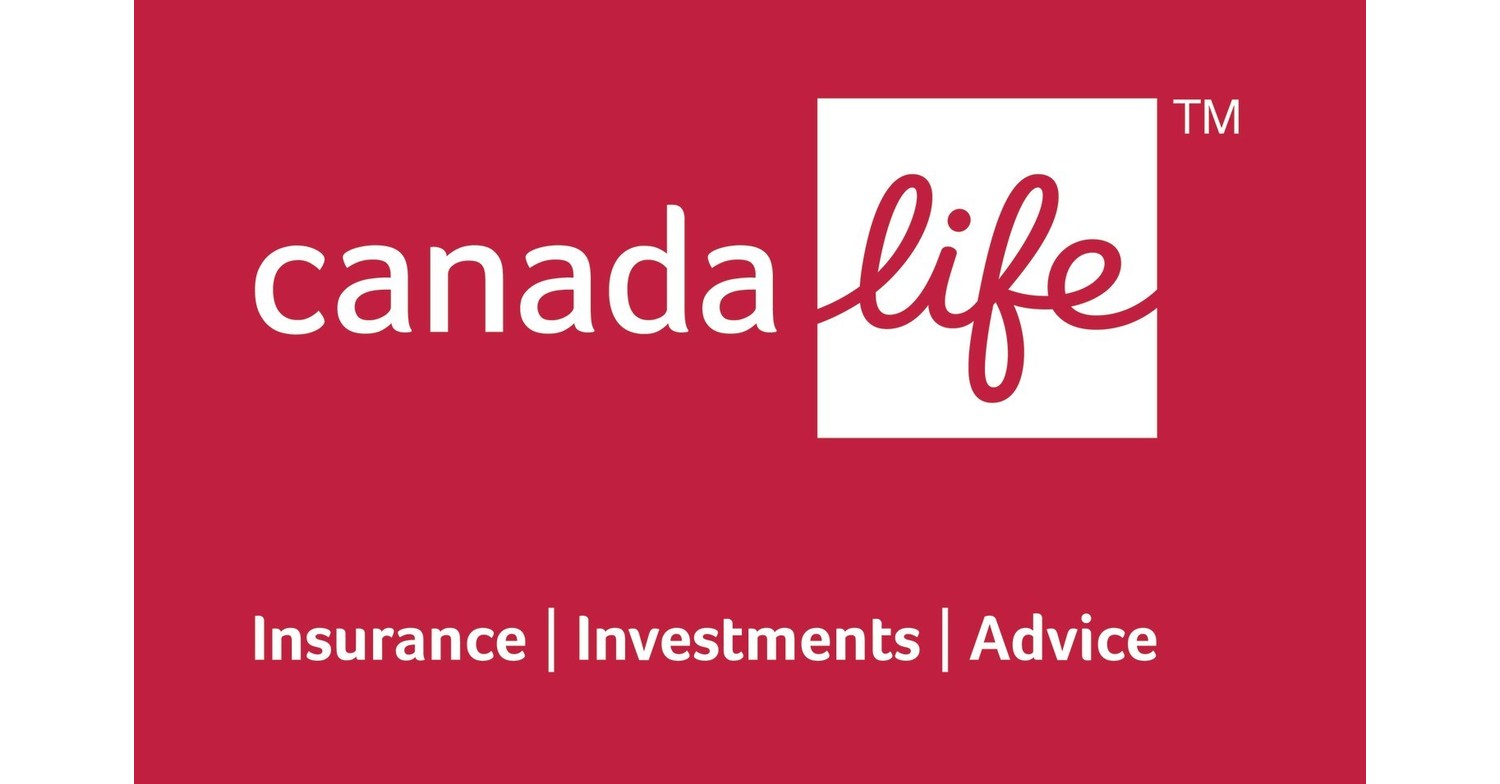



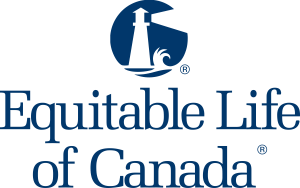



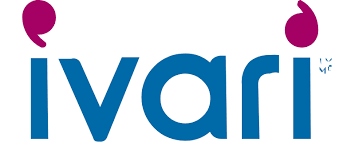

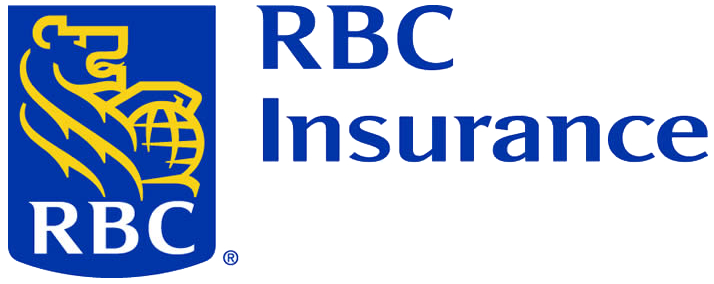

Best Insurance Advice © | All Rights Reserved. Powered by Akshari Solutions